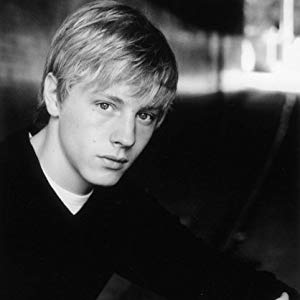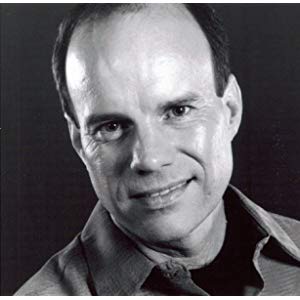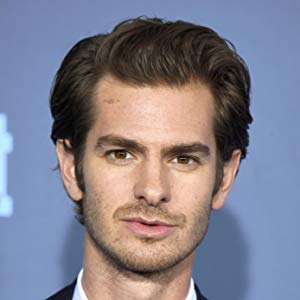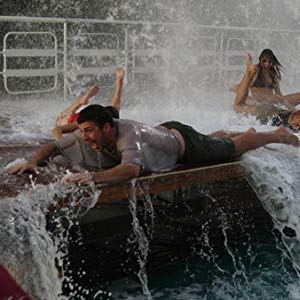Age, Biography and Wiki
💰 Net worth
|
The King of the Kongo (1929)
|
$75 /week |
|
The Mummy (1932)
|
$750 per week |
|
Bride of Frankenstein (1935)
|
$12,500 ($2,500 per week) |
|
The Raven (1935)
|
$10,000 |
|
Son of Frankenstein (1939)
|
$3,500 /week |
|
Voodoo Island (1957)
|
$25,000 |
|
Grip of the Strangler (1958)
|
$27,500 |
|
Frankenstein 1970 (1958)
|
$25,000 |
|
Corridors of Blood (1958)
|
$37,500 |
|
The Raven (1963)
|
$30,000 |
|
The Sorcerers (1967)
|
£11,000 |
|
Targets (1968)
|
$22,000 |
Along with fellow actors Lon Chaney, Bela Lugosi and Vincent Price, Boris Karloff is recognized as one of the true icons of horror cinema, and the actor most closely identified with the general public's perception of the "monster" from the classic Mary Shelley book, "Frankenstein". William Henry Pratt was born on November 23, 1887, in Camberwell, London, England, the son of Edward John Pratt Jr., the Deputy Commissioner of Customs Salt and Opium, Northern Division, Indian Salt Revenue Service, and his third wife, Eliza Sarah Millard.
He was educated at London University in anticipation that he would pursue a diplomatic career; however, he emigrated to Canada in 1909 and joined a touring company based out of Ontario and adopted the stage name of "Boris Karloff." He toured back and forth across the USA for over ten years in a variety of low-budget theater shows and eventually ended up in Hollywood, reportedly with very little money to his name. Needing cash to support himself, Karloff secured occasional acting work in the fledgling silent film industry in such pictures as The Deadlier Sex (1920), Omar the Tentmaker (1922), Dynamite Dan (1924) and Tarzan and the Golden Lion (1927), in addition to a handful of serials (the majority of which sadly haven't survived). Karloff supplemented his meager film income by working as a truck driver in Los Angeles, which allowed him enough time off to continue to pursue acting roles.
His big break came in 1931 when he was cast as "the monster" in the Universal production of Frankenstein (1931), directed by James Whale, one of the studio's few remaining auteur directors. The aura of mystery surrounding Karloff was highlighted in the opening credits, as he was listed as simply "?". The film was a commercial and critical success for Universal, and Karloff was instantly established as a hot property in Hollywood. He quickly appeared in several other sinister roles, including Scarface (1932) (filmed before Frankenstein (1931)), the black-humored The Old Dark House (1932), as the namesake Oriental villain of the Sax Rohmer novels in The Mask of Fu Manchu (1932), as undead Im-Ho-Tep in The Mummy (1932) and the misguided Prof. Morlant in The Ghoul (1933). He thoroughly enjoyed his role as a religious fanatic in John Ford's The Lost Patrol (1934), although contemporary critics described it as a textbook example of overacting.
He donned the signature make-up, neck bolts and asphalt spreader's boots again to play Frankenstein's monster in the sensational Bride of Frankenstein (1935) and the less thrilling Son of Frankenstein (1939). Karloff, on loan to Fox, appeared in one of the best of the Warner Oland Chan entries, Charlie Chan at the Opera (1936), before beginning his own short-lived Mr. Wong detective series. He was a wrongly condemned doctor in Devil's Island (1939), shaven-headed executioner "Mord the Merciless" in Tower of London (1939), another misguided scientist in The Ape (1940), a crazed scientist surrounded by monsters, vampires and werewolves in House of Frankenstein (1944), a murderous cabman in The Body Snatcher (1945) and a Greek general fighting vampirism in the Val Lewton thriller Isle of the Dead (1945).
While Karloff continued appearing in a plethora of films, many of them were not up to the standards of his previous efforts, including appearances in two of the hokey Bud Abbott and Lou Costello monster movies (he had appeared with them in an earlier superior effort, Abbott and Costello Meet the Killer, Boris Karloff (1949), which theater owners often added his name to the marquee), the low point of the Universal-International horror movie cycle. During the 1950s he was a regular guest on many high-profile TV shows including Texaco Star Theatre Starring Milton Berle (1948), Tales of Tomorrow (1951), The Veil (1958), The Donald O'Connor Show (1954), The Red Skelton Show (1951) and The Dinah Shore Chevy Show (1956), to name but a few, and he appeared in a mixed bag of films including Sabaka (1954) and Voodoo Island (1957). On Broadway he appeared as the murderous Brewster brother in the hit, "Arsenic and Old Lace" (his role, or the absence of him in it, was amusingly parodied in the film version) and a decade later he enjoyed a long run in "Peter Pan," perfectly cast as "Captain Hook."
His career experienced something of a revival in the 1960s thanks to hosting the TV anthology series Thriller (1960) and indie director Roger Corman, with Karloff contributing wonderful performances in The Raven (1963), The Terror (1963), the ultra-eerie I tre volti della paura (1963) and the H.P. Lovecraft-inspired Die, Monster, Die! (1965). Karloff's last great role was as an aging horror movie star confronting a modern-day sniper in the Peter Bogdanovich film Targets (1968). His TV career was capped off by achieving Christmas immortality as the narrator of Chuck Jones's perennial animated favorite, How the Grinch Stole Christmas! (1966). Three low-budget Mexican-produced horror films starring an ailing Karloff were released in the two years after his death; however, they do no justice to this actor. In retrospect, he never took himself too seriously as an actor and had a tendency to downplay his acting accomplishments. Renowned as a refined, kind and warm-hearted gentleman, with a sincere affection for children and their welfare, Karloff passed away on February 2, 1969 from emphysema. Respectful of his Indian roots and in true Hindu fashion, he was cremated at Guildford Crematorium, Godalming, Surrey, England, where he is commemorated by a plaque in Plot 2 of the Garden of Remembrance.











